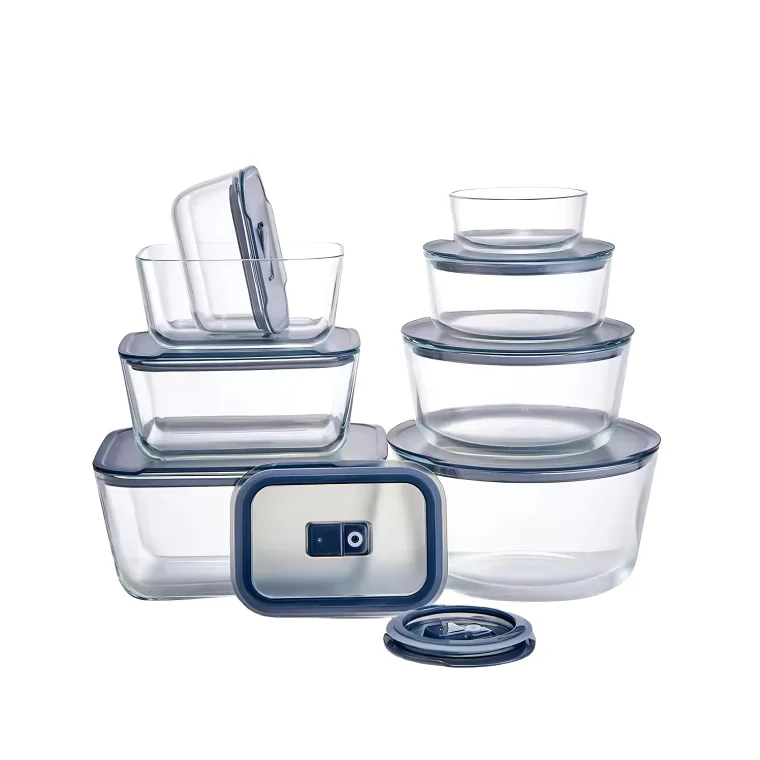When it comes to hiking, the right footwear can make all the difference between an enjoyable adventure and a painful ordeal. With a myriad of options available, selecting the perfect hiking shoes can be daunting. This guide aims to provide you with a comprehensive understanding of what makes a good hiking shoe, ensuring that your next trek is both comfortable and safe.
Understanding the Terrain
Before diving into the specifics of hiking shoes, it’s essential to consider the terrain you’ll be traversing. Different environments demand different types of footwear. Here are a few common terrains and the corresponding shoe recommendations:
- Rocky Trails: For rugged, rocky paths, look for shoes with a stiff sole and excellent traction. A shoe with a rubber outsole featuring deep lugs will provide the grip needed to navigate uneven surfaces.
- Mud and Wet Conditions: If your hike involves muddy trails or wet conditions, waterproof shoes with breathable membranes (like Gore-Tex) are crucial. These materials keep your feet dry while allowing moisture to escape, preventing blisters.
- Snow and Ice: For winter hiking, insulated and waterproof boots with aggressive tread patterns are necessary. Consider shoes that accommodate crampons for added traction on icy surfaces.
Types of Hiking Shoes
Hiking shoes come in various styles, each designed for specific hiking needs. Understanding these types will help you make an informed decision:
- Trail Runners: Lightweight and flexible, trail runners are ideal for fast-paced hikes on well-maintained trails. They offer good breathability and comfort but may lack the support needed for more challenging terrains.
- Hiking Shoes: These mid-cut shoes provide a balance between support and flexibility. They are suitable for day hikes and moderate trails, offering adequate cushioning and traction.
- Hiking Boots: For serious hikers tackling rugged terrains, hiking boots are the go-to choice. They provide excellent ankle support, durability, and protection against rocks and debris. Look for boots with a stiffer sole for better stability.
- Mountaineering Boots: Designed for extreme conditions, these boots are insulated and often feature a rigid sole for climbing. They are essential for high-altitude hikes and technical terrains.
Key Features to Consider
When selecting hiking shoes, several key features should be taken into account:
- Fit and Comfort: The most critical aspect of any hiking shoe is the fit. Ensure there’s enough room in the toe box, and that the heel is snug to prevent slipping. Consider trying shoes on at the end of the day when your feet are slightly swollen for a more accurate fit.
- Cushioning: Adequate cushioning absorbs shock and provides comfort during long hikes. Look for shoes with EVA foam or other cushioning materials that offer a good balance between support and comfort.
- Traction: The outsole material and tread pattern are vital for grip. Vibram outsoles are renowned for their durability and traction. Ensure the lugs are deep enough to provide grip on various surfaces.
- Breathability: Shoes with breathable materials help regulate temperature and wick moisture away from your feet. This feature is especially important in warmer climates or during strenuous hikes.
- Weight: Lightweight shoes can reduce fatigue on long hikes. However, ensure that the weight does not compromise the shoe’s durability and support.
Maintenance and Care
To prolong the life of your hiking shoes, proper maintenance is essential. Here are some tips:
- Cleaning: Remove dirt and mud after each hike. Use a soft brush and mild soap to clean the shoes, avoiding harsh chemicals that can damage materials.
- Drying: Allow shoes to air dry naturally. Avoid direct heat sources, as they can warp the materials.
- Storage: Store your shoes in a cool, dry place. Use shoe trees or stuff them with newspaper to maintain their shape.
Conclusion
Choosing the right hiking shoes is a crucial step in ensuring a successful outdoor experience. By understanding the terrain, types of shoes available, and key features to consider, you can make an informed decision that enhances your comfort and safety on the trail. Remember, investing in quality footwear is not just about style; it’s about ensuring that your adventures are enjoyable and pain-free. Happy hiking!

